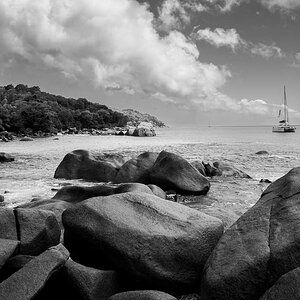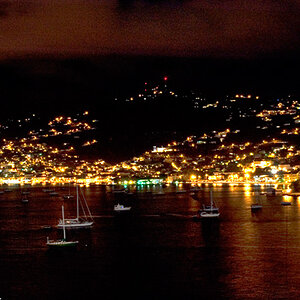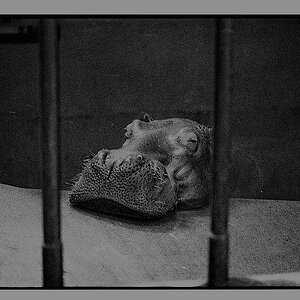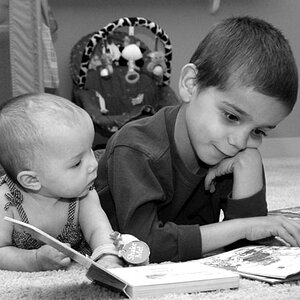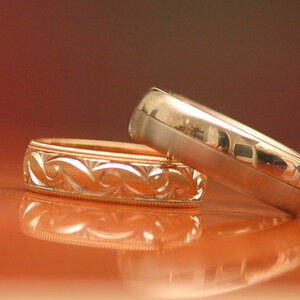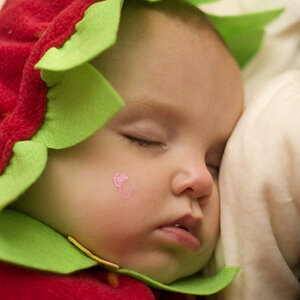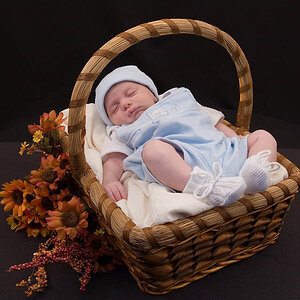Hi, thinking to buy DSLR or maybe mirrorless FX camera with some really good lens. Firstly let's talk about body. I like Nikon D810 (D810A), Canon 5D Mark IV and Sony a7S II. Nikon is simple to use, at least for me, but Canon has newer body with some features, and Sony is the best with ISO, but it's small size and only 12 MPX, so I like DSLR more. Maybe better to wait for Nikon's update?
Now lenses. I looking for something close to f/1.0, but some of them too expensive or have different mount, I'm not sure how to use them with any of these cameras. Nokton f/0.95 and similar lens have good price (except Leica - 10000$), also I like Otus f/1.4 28mm, but it's 5000$. Anyway I don't know what to choose - 24, 28, 35, 50mm or something else? I need mostly for landscapes and astrophotography, but sometimes I can try something new. Any advices?
Now lenses. I looking for something close to f/1.0, but some of them too expensive or have different mount, I'm not sure how to use them with any of these cameras. Nokton f/0.95 and similar lens have good price (except Leica - 10000$), also I like Otus f/1.4 28mm, but it's 5000$. Anyway I don't know what to choose - 24, 28, 35, 50mm or something else? I need mostly for landscapes and astrophotography, but sometimes I can try something new. Any advices?



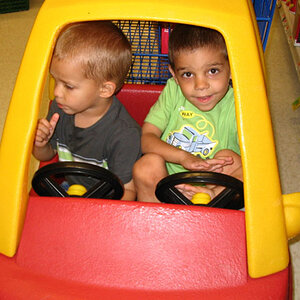
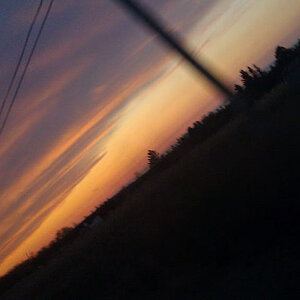
![[No title]](/data/xfmg/thumbnail/34/34131-26fa915af5e4adb9d0f123c4c8b7cae4.jpg?1619736302)
